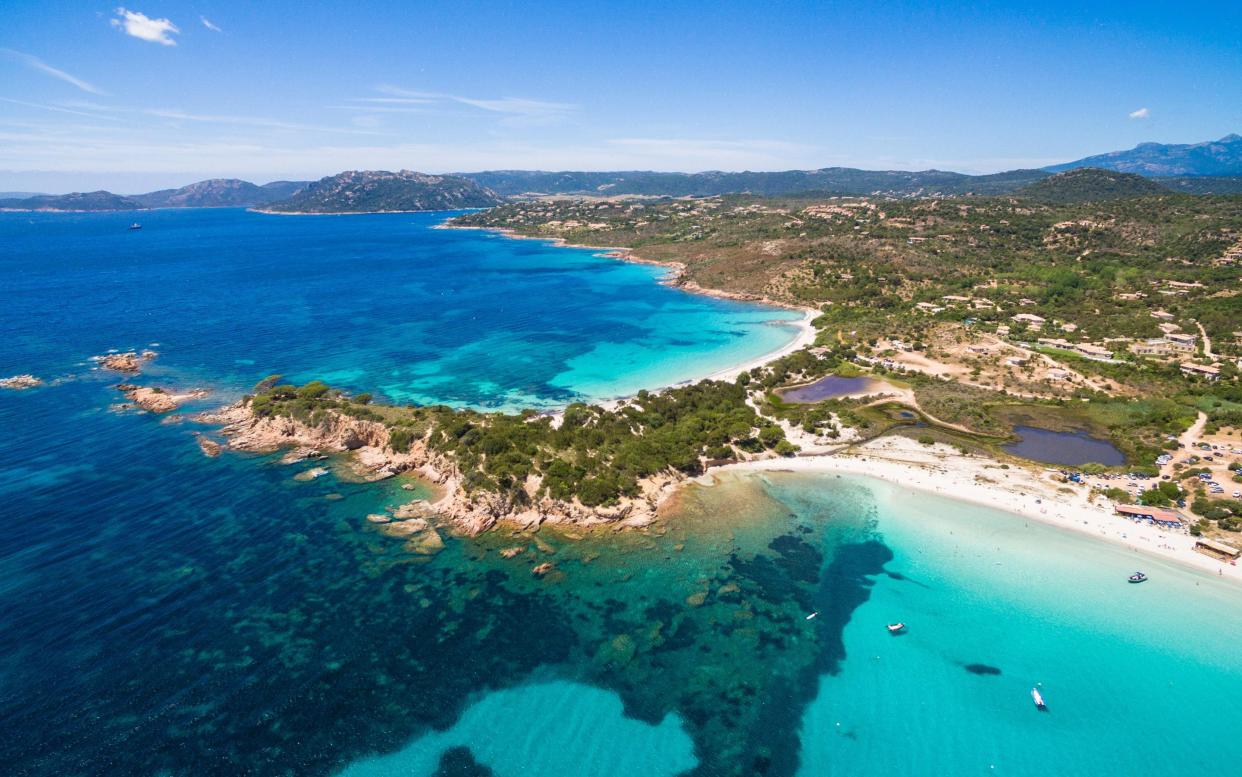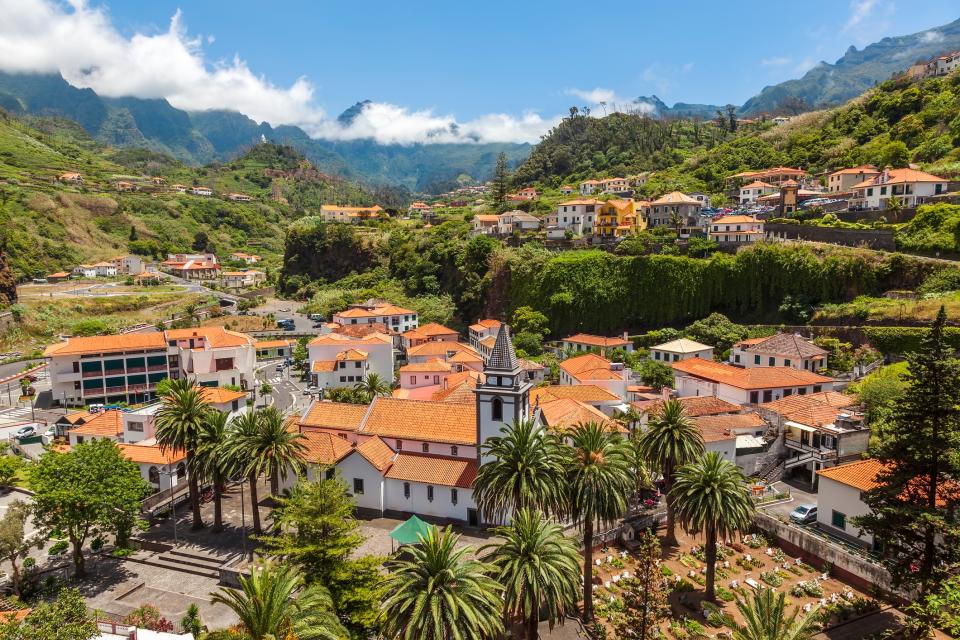Which European islands could benefit from the new quarantine policy?

The UK’s more regional approach to quarantine rules has rendered seven Greek islands off-limits to English holidaymakers (unless they fancy a two-week quarantine) – but what about the European islands whose Covid-19 figures are lower than those on their country’s mainland?
Here, we look at the infection rate and case numbers on some of Europe’s favourite holiday islands, and compare them with statistics from the mainland. All islands are usually served by direct flights from the UK – which, one hopes, may be reinstated should quarantine restrictions be lifted.
Corsica
All UK countries currently advise against holidays in France – which, of course, encapsulates Corsica too. But with just 1,019 cases and 59 deaths to date, the island is one of France’s least affected areas. Its population is 339,178.
To put that into perspective, Île-de-France – which includes Paris – has recorded 116,975 cases of Covid-19 and 7,758 deaths. Its population is 12.2 million. Per million of population, Île-de-France has seen 9,581 cases, and Provence 4,613. On Corsica, the rate works out at 3,005 per one million.
However, over the last week, Corsica has recorded around 20 new cases per day – its highest average rate so far.
The situation in Corsica is still less severe than that on the mainland, however, so in the future it could benefit from the UK’s more nuanced approach to quarantine rules – as long as that crucial infection rate drops.
The Canary Islands
The Canary Islands are swept up in Spain’s wider travel restrictions: all UK countries advise holidaymakers not to set foot on the mainland or islands. But the Canaries archipelago is around 1,500km from the mainland – and the Covid-19 picture here is different.
A total of 9,184 cases have been reported on the Canary Islands so far – that’s out of a population of 2.1 million across Tenerife, Gran Canaria, Lanzarote and co.
However, cases are increasing: just yesterday, the islands reported 882 new cases of Covid-19 – a far cry from the same day one month ago, when they recorded just five new cases. It may be some time before Britons can visit again without a quarantine.

Menorca, Mallorca and Ibiza
Spain’s Balearic Islands have, together, recorded 9,501 cases since the pandemic began. That’s out of a population of almost 1.2 million.
Compared with areas of mainland Spain, the Balearics are middling. Per million people here, there have been 7,998 cases – while Madrid has 21,967, and Catalonia 15,627. By contrast, Andalucia has seen 4,282 cases per million.
New daily cases have been consistently high in the Balearics over the last month – ranging from 92 (August 10) to 909 (August 25). This reflects the upward trend across Spain as a whole – though there is no official insight into how each of the islands differ. However, it looks unlikely that a travel corridor will be extended to Menorca, Mallorca or Ibiza any time soon.
Madeira
Over the last few weeks, Portugal and its islands have danced the quarantine hokey-cokey. In, out, and now shaken about with devolved restrictions, Portuguese territory is uncertain ground for British tourists.
England, Scotland and Northern Ireland have added the entire country – and its islands – to their ‘travel corridors’ lists. However, Wales has a more complex approach: Madeira and the Azores are exempt from its travel restrictions in Wales, though the mainland is off-limits.
So, would an island corridor with England benefit the beautiful isle of Madeira? It looks very promising indeed. The island has recorded just 172 cases since the pandemic began, out of a population of 268,000. By contrast, on the mainland, the Algarve has experienced 1,168 cases – and Lisbon just over 31,000.
Since August 1, Madeira has recorded an average of two new cases per day – a mere fraction of the nationwide infection rate, which has seen highs in excess of 500 over the last month.

The Azores
The situation in the Azores, too, is at odds with mainland Portugal. It has recorded 224 cases so far, out of a population of 246,700 – slightly higher than Madeira. It has recorded 15 deaths.
Over the last few weeks, cases have risen by just one or two per day, with some days recording none at all. That’s much improved on the situation in April, when new cases reached highs of 21 per day.
If mainland Portugal is removed from the UK’s travel corridors lists, then the Azores and Madeira may remain exempt from quarantine restrictions.
Sardinia
Per million of population, Sardinia has recorded 1,556 cases of Covid to date – a fraction of the 4,610 cases per million recorded throughout Italy – which has travel corridor status with all UK countries.
However, as Italy's cases have risen slowly over the past month, Sardinia's have exploded in comparison – an upward trend that can't be ignored.
On August 24, for example, Sardinia recorded 91 new cases – while the entire nation's totalled 953. For the island –which accounts for just three per cent of Italy's total population – to contribute ten per cent of the national infection rate, it's very worrying news.
In light of the UK's new regional approach, it begs the question: could Sardinia be ditched from Italy's travel corridor in the future, while the mainland remains in favour?

